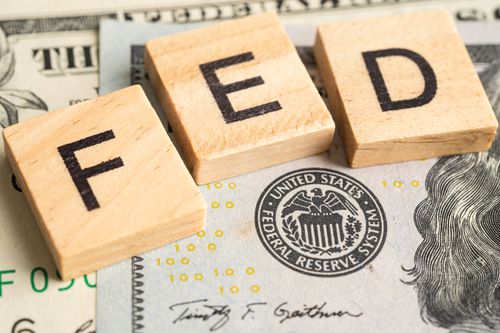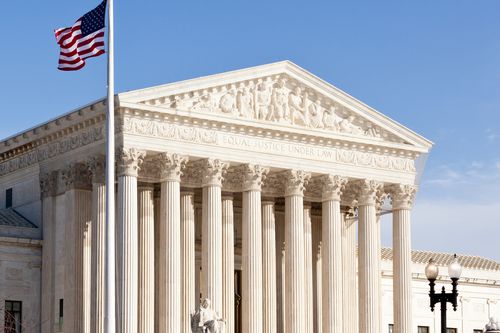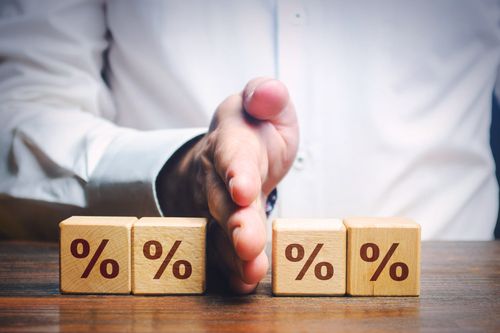Written for Bolton by Zachary Fritz, Sage Policy Group
For much of 2022, the U.S. economy existed in a state of relative stasis. Prices increased at a far faster pace than expected, with inflation reaching its highest level in more than four decades, consumers kept spending, powering a still-strong demand side of the economy, and employers added jobs at a historically fast pace despite a labor market that remained historically tight.
Despite forecasts that inflation would abate (remember all that transitory talk?), that higher prices would lure workers back into the labor force, and that spending would break in the face of the higher prices, those dynamics proved far more persistent than anyone expected.
Now, however, heading into the new year, it appears the economy is finally nearing an inflection point. Inflation is starting to subside; according to the Bureau of Labor Statistics’ Consumer Price Index, prices are up just 0.9% over the past three months, the lowest such increase since January 2021. The PCE Price Index—the Federal Reserve’s preferred measure of inflation—is currently showing its lowest annual price increase since October 2021.
Cracks are also starting to surface in the demand side of the U.S. economy. The housing market has been frozen solid by rapid interest rate increases. Retail sales decreased 0.6% in November and are up just 6.5% year over year. That annual increase is the slowest since December 2020. Durable goods orders dropped 2.1% in November, the largest monthly decrease since March 2020.
At the same time, supply side conditions are beginning to improve. Gas prices are now at their lowest level since July 2021, international shipping costs have come down more than 80% from the peak in September 2021, and the Federal Reserve’s Global Supply Chain Pressure Index, a measure of supply chain disruptions, is down more than 70% since the peak in November 2021.
So the demand side of the U.S. economy is weakening while supply side conditions continue to improve. That’s exactly what the Federal Reserve wants to see as it continues to raise interest rates in an effort to bring inflation back to the 2% target. We’ve now had seven interest rate increases since the Fed started tightening in March, and the current consensus forecast is that we’ll have three more 25 basis point hikes.
2023 figures to be a year of falling but still-high inflation, rising but still-low unemployment, slow economic growth and quite possibly a recession, and a pivot from the Federal Reserve by year’s end. Economic conditions should begin to improve by then, albeit at a slower-than-ideal pace.
The Fed currently projects that inflation won’t return to the range of 2% until 2025 and that real GDP growth will remain below 2% in 2024 and 2025. If that GDP forecast comes true, it would be the first four-year period of sub-2% economic growth since the beginning of the Great Depression in 1930-1933.




